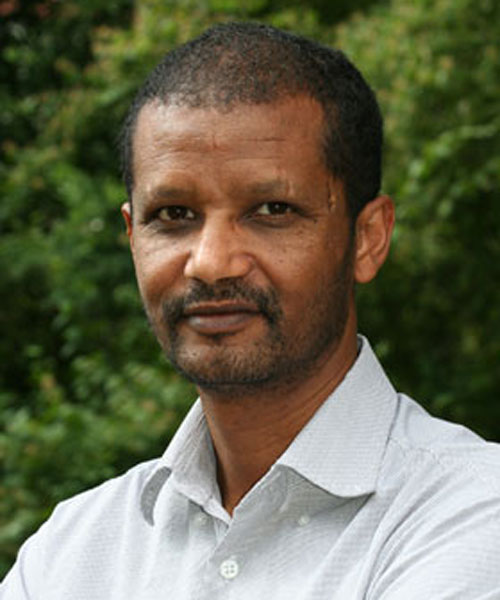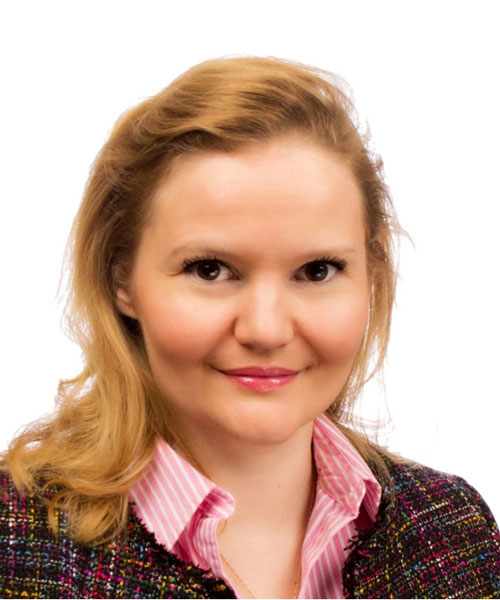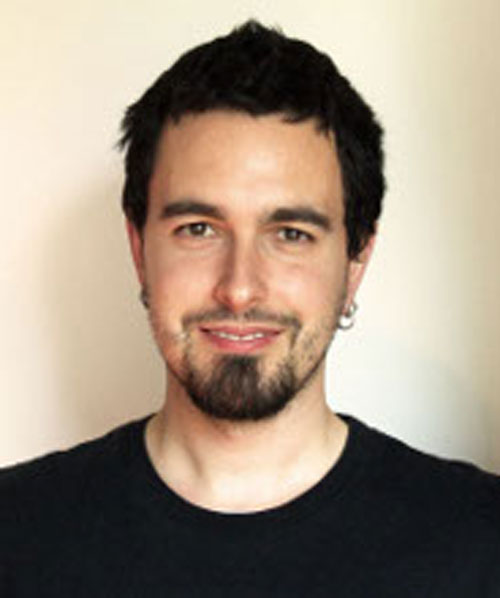
Epic superstorms, historic heatwaves, extreme droughts, melting ice at the North and South poles, rising sea levels – all these are strong signals of climate change at the global level. And yet, so far, humanity has been unable to summon the will and the policy to counter the threats.
 Across many years, the debate has focused on two options for action: Plan A, reducing carbon dioxide emissions, and Plan B, removing already-emitted CO2. But given the lack of concerted action, the international scientific community is now envisaging Plan C: deflecting some of the sun's light and heat through "solar radiation management", or SRM. Through geoengineering technologies – for example, spraying sunlight-blocking aerosols into the stratosphere – scientists would try to dim the warming energy of the sun.
Across many years, the debate has focused on two options for action: Plan A, reducing carbon dioxide emissions, and Plan B, removing already-emitted CO2. But given the lack of concerted action, the international scientific community is now envisaging Plan C: deflecting some of the sun's light and heat through "solar radiation management", or SRM. Through geoengineering technologies – for example, spraying sunlight-blocking aerosols into the stratosphere – scientists would try to dim the warming energy of the sun.
The technique is charged with scientific, policy and even philosophical challenges: Would this work? Would it be dangerous? Who would benefit or risk most, developed or developing countries? These questions were the focus of a TWAS roundtable at the 2018 Trieste Next science festival.
"Solar radiation management is an appealing concept, but it is still much in its infancy and cannot be seen as the solution to global warming," pointed out Asfawossen Asrat Kassaye, a former TWAS Young Affiliate and a professor of geology at the School of Earth Sciences, Addis Ababa University in Ethiopia.
Kassaye was joined at the 28 September event by panellists Helene Muri, a researcher at the Industrial Ecology Programme at the Norwegian University of Science and Technology, Norway; and Davide Zanchettin, a researcher at Ca' Foscari University of Venice, in the department of environmental sciences, Informatics and statistics.
Discussion on Geoengineering is not new to TWAS. In partnership with the Royal Society (UK) and the Environmental Defense Fund (USA), the Academy coordinates an international project called Solar Radiation Management Initiative (SRMGI), aimed at fostering scientific and political discussions around this technique and its potential use to mitigate climate change.
To support scientists from developing countries who want to engage in simulations and theoretical investigations on limits and benefits of the technique, SRMGI has recently initiated a fund called Developing Country Impacts Modelling Analysis for SRM (DECIMALS). DECIMALS is funded by the Open Philanthropy Project and managed by TWAS.
"We know that climate change disproportionately affects developing countries that are less able to deal with drought, major storms, or rising seas," observed Romain Murenzi, the executive director of TWAS. "The world is not acting fast enough to limit greenhouse gas emissions. And so ... can we use technology to directly interrupt the processes of climate warming?"
Trieste Next is an annual festival that attracts thousands of people – scientists, entrepreneurs, policymakers, journalists, professionals, students and the public – to the city of Trieste, Italy, where TWAS is headquartered.
"Science or science fiction?"
This year the theme was "Naturtech", which explored the thin border between nature and technology. TWAS has been one of the organizing partners/participants since the first iteration of Trieste Next (2012); this year, it organized a roundtable titled "Hacking the climate - Science or science-fiction?" to consider merits and challenges of the relatively unknown and highly controversial SRM strategies.
The event was hosted in the elegant Regione Friuli Venezia Giulia's Palace, facing Trieste's landmark Piazza Unita' d'Italia, with more than 200 people in the audience. Journalist Alessandra Ressa chaired the discussion.
In his opening speech, Zanchettin explained how the mean temperature of Earth's surface is determined by incoming and outgoing energy fluxes. What comes in must go out to keep temperature stable, he said, otherwise the unbalance creates disequilibrium. Part of the incoming solar energy is not absorbed in the atmosphere or by the surface, but is readily reflected back to space – the albedo effect.
"We all know how human activities are contributing to increase the atmospheric presence of greenhouse gases (GHGs), altering this balance," he explained. "GHGs trap part of the energy that Earth irradiates outwards to maintain its balance, keeping the heat close to the Earth’s surface and thus contributing to global warming."
Zanchettin, who is also an expert on volcanoes, added: "Other climatic agents act oppositely to GHGs. For example, strong volcanic eruptions enhance the stratospheric aerosol layer, increase the albedo and ultimately cause chilling of the temperature.”
"Geoengineering interventions modelled on this natural occurrence could, in fact, be used to contain the warming," he observed. "But we have more questions than answers: how do we control the aerosol on the long-term? What are the consequences, for instance, on the ozone layer, or on the water cycle, such as on the occurrence of droughts? What we know about potential consequences is based on climate models, which are so far sketchy. So, we may not even be aware of all the potential consequences, the so-called unknown unknowns."
The risk of unintended consequences
Time is of the essence. Efforts to limit the temperature increase to 1.5oC above pre-industrial levels by cutting CO2 emissions appear to be falling short, and experiments to remove carbon dioxide by selective confinement or air capture attempts have proven inefficient. So now scientists are devising strategies to act on solar energy.
"There are at least five possible strategies to manage solar radiation, but only two are actually being explored intensively, as they seem more feasible," explained Muri, the Norwegian scholar. Muri works with SRMGI as an expert in solar radiation modelling: for the next two years she will assist DECIMALS' researchers in their investigations on this technique.
One strategy under exploration is called marine sky brightening: it calls for adding sea salt particles to areas where clouds form over the oceans. "Sea salt aerosols create condensation nuclei and make clouds denser, able to reflect a greater amount of light back into space," Muri said.
Stratospheric aerosol injections are another technique, based on sprinkling water particles into the stratosphere using balloons or aircrafts as high as 20 kilometres above the Earth. "There, particles would scatter and reflect solar radiation, increasing Earth's reflectivity and cooling the temperature," she added. In either case we need to rule out a number of potential drawbacks before we feel comfortable to begin outdoor tests.
In the meantime, farmers in Ethiopia and other African countries keep waiting for the regularity of the next rainy season. "There are many regional differences in how climate change affects nations," Kassaye said, "and there would be many differences in the use of geoengineering if it would come true." What's important for African farmers, he added, is not what's happening at the global level, but whether there will be enough rain in the next season.
Kassaye is engaging in solar radiation management through SRMGI: he has attended initiative meetings in South Africa and Ethiopia, and in Kenya as a guest speaker last year. In 2018 he co-authored a commentary in the journal Nature.
A central role for developing countries
"Developing countries must lead and be an active part in SRM governance: we cannot accept the developed world be the unique leader in the discussion, because we do contribute very low to global warming but we are the most heavily affected," Kassaye added.
But there's another important impact on the ground, in African farming communities. "With climate change and less predictability in the climate system," Kassaye said, "Ethiopian farmers do not lose only agricultural productivity, they are also devoid of their natural knowledge, because they don't know any more when to sow the seeds, do the weeding and the agricultural work, and when to harvest, due to the irregularity of the rainfall regime."
Geoengineering seems promising, on a theoretical level. But as the Trieste Next experts warned, it should not be used to sidestep important decisions on carbon dioxide emissions. We must keep in mind that many open questions lie ahead: who should set the thermostat and lead the governance? What are the risks associated with this technology? What would be a Plan D if something serious and unexpected happens?
Cristina Serra

